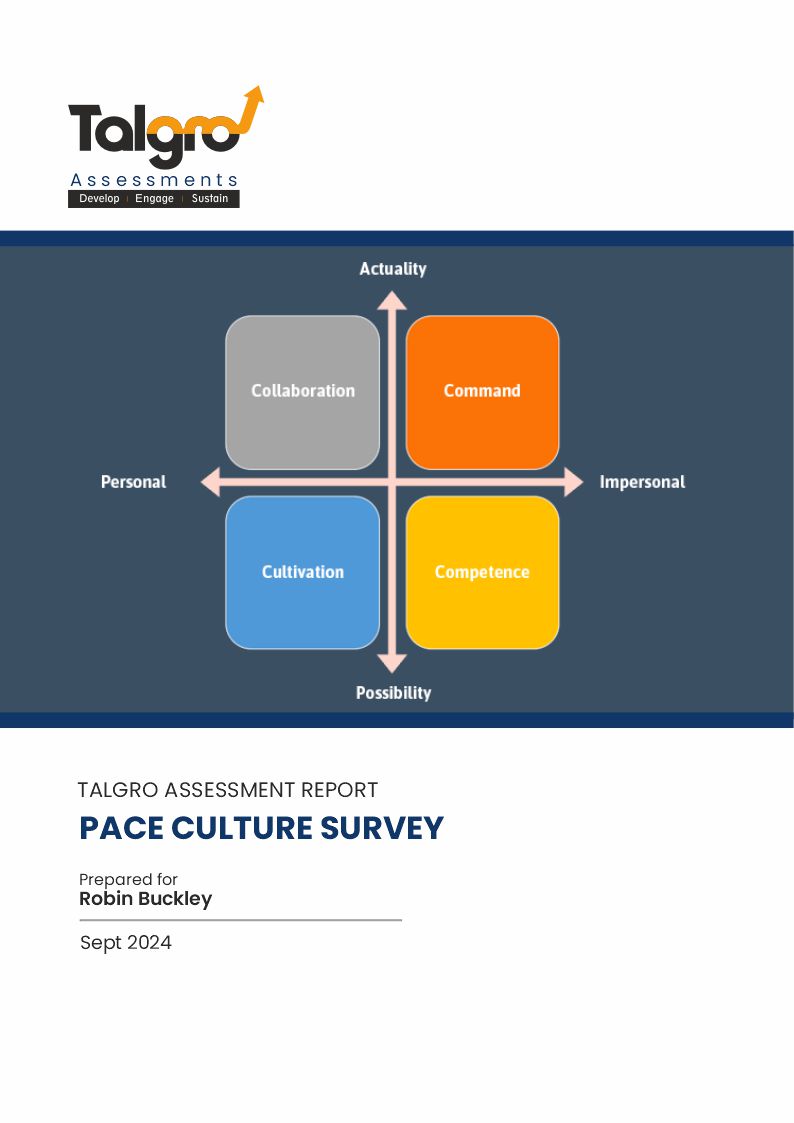Culture is a highly nuanced term. Loosely speaking, you could say ‘Culture is how organizations do things to succeed’. This includes the scores of elements that would go into defining the cultural environment within an organization. Once we understand the cultural context within which an organization and its people operate, it becomes easier to figure out the impact of the same across the various behaviors, decisions and actions taken by people on a daily basis.
The PACE Culture Survey is based on William Schneider’s Culture model and helps you recognize salient aspects of your organizational culture and its nuances.
It is recommended that stakeholders from different parts of the organization take the survey. The more representative the sample and the more significant the sample size of people taking the survey, the more meaningful the results will be. It is best that a trained OD consultant debrief the results of the survey.
The PACE Culture Survey helps recognize and understand the dominant culture prevalent within your organization (or for a specific business or function group within your organization). The cultural model is described using a quadrant defined in two different dimensions.
The first dimension along which the model is defined is based on an organisation’s approach to decision making. On one end of the spectrum, there is ‘Impersonal’ where decisions are made based on hard data. The other end of the spectrum features ‘Personal’ where opinion, gut feeling, subjectivity, and emotions drive things.
The second dimension along which the model is defined is based on what the organisation pays attention to. At one end of the spectrum, there is ‘Actuality’ where organisations focus on existing conditions or facts and try to make the best use of it. The other end of the spectrum features ‘Possibility’ where organisations strive to harness what doesn’t exist yet but could be possible.
The two dimensions described above when combined provide us with four quadrants, each representing a culture. These cultures are referred to as ‘Competence’, ‘Collaboration’, ‘Control’ and ‘Cultivation’.
To enable a better understanding of each of the four cultures, we could look at them through the lens of five different focus areas, viz., Strategic focus, Leadership & Management focus, Structural focus, Power focus and Relationship focus.
No. of Questions:
Test Duration: Mins
Tests Taken:
